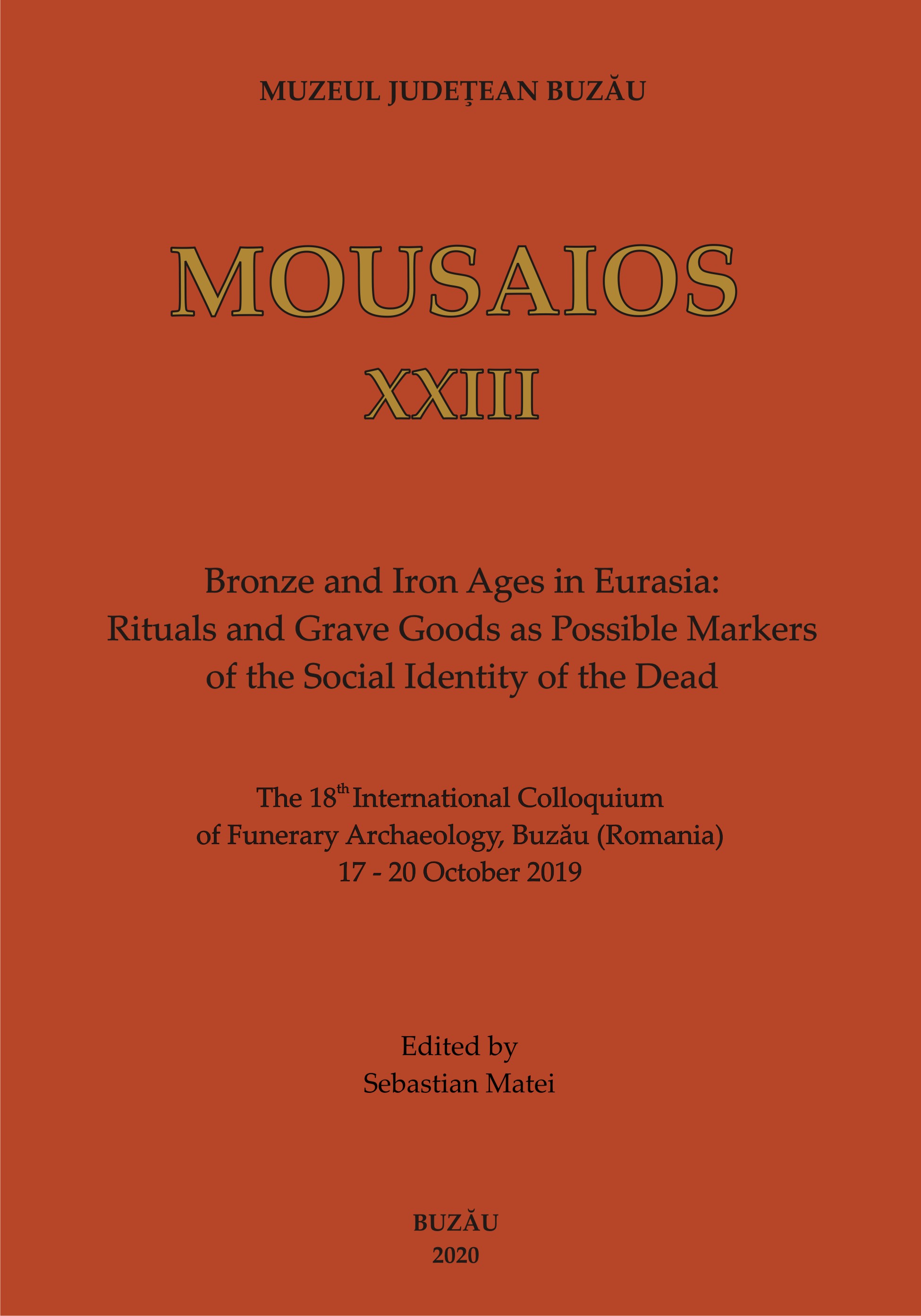THE IRON AGE NECROPOLIS OF STRAHOTIN - PONOARE, DÂNGENI COMMUNE, BOTOȘANI COUNTY
(5TH - 4TH CENTURY BC)
THE IRON AGE NECROPOLIS OF STRAHOTIN - PONOARE, DÂNGENI COMMUNE, BOTOȘANI COUNTY
(5TH - 4TH CENTURY BC)
Author(s): Alexandru Berzovan, Angela Simalcsik, Adela KovácsSubject(s): Archaeology
Published by: Muzeul Judetean Buzău
Keywords: Iron Age; Early Late Iron Age; Necropolis; Incineration; Inhumation; Moldavian Plateau;
Summary/Abstract: The necropolis from Strahotin - Ponoare, Dângeni commune, Botoșani County is among the most representative monuments of the early Late Iron Age in the East Carpathian Area. It was excavated by the late Botoșani archaeologist, Paul Șadurschi. Its untimely death in 2010 prevented the publication of the finds. Considering the importance of the finds, a collaboration protocol was signed between the Iași Institute of Archaeology and Botoșani County Museum in order to publish the finds. The necropolis contains a total of 29 graves, out of which 28 belong to early Late Iron Age Period. Out of the 28 graves, 26 are incineration and two inhumations. The archaeological inventory consists mainly of pottery – bell-shaped jars, dishes, and various mugs, which were used as urns, lids and offering vessels. It is interesting to note the presence of some ”North Pontic” type vessels. Other artifacts were also found: ”Scythian” type arrowheads, bone pendants, glass beads, spindle whorl, etc. Anthropological analysis show that the skeletons were in a ”green” state at the time of incineration. Traces of red ocher were present on some of the bones. The chronology of the necropolis covers the period from second half or the end of the 5th century BC - 4th century BC.
Journal: Mousaios
- Issue Year: 2020
- Issue No: 23
- Page Range: 55-102
- Page Count: 48
- Language: English

